[Newsbits] 1-7.11.2024: Exercise VAJRA PRAHAR, Census 2025 & more
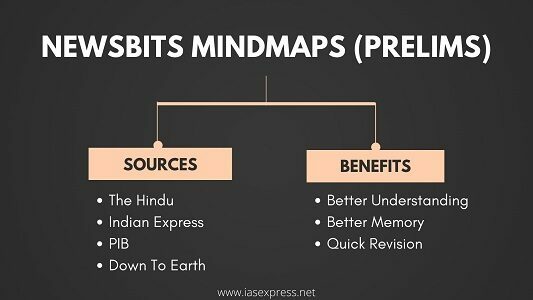
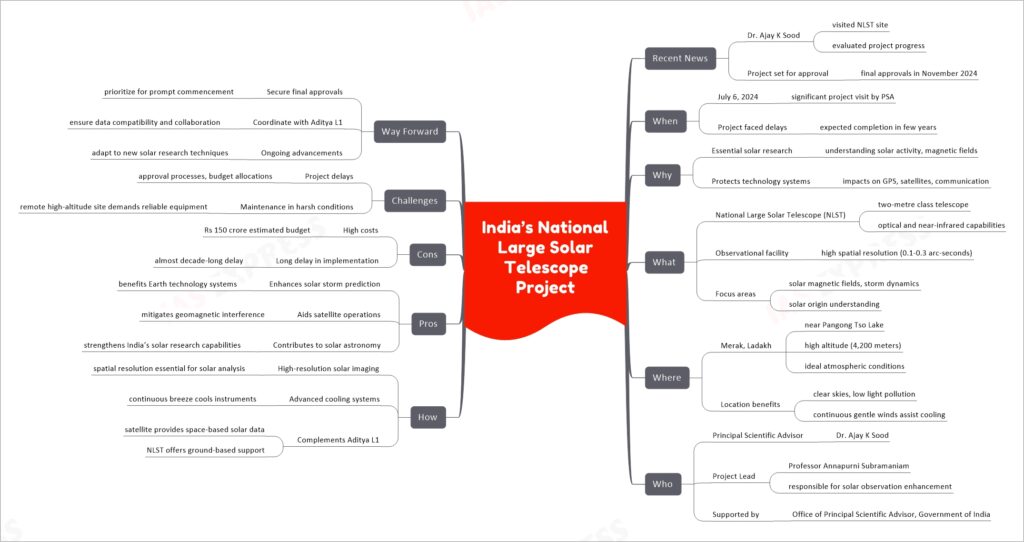
The National Large Solar Telescope (NLST) in Ladakh is India’s ground-based project aiming to enhance solar research and improve solar storm predictions, crucial for protecting satellite and communication technology on Earth. Located at Merak near Pangong Tso Lake at 4,200 meters, this advanced telescope will provide high-resolution data on solar magnetic fields, complementing data from the Aditya L1 satellite. Despite facing delays and significant costs, it is expected to receive final approval by November 2024. Led by Professor Annapurni Subramaniam and prioritized by the Principal Scientific Advisor, NLST is positioned to significantly advance India’s solar astronomy capabilities.
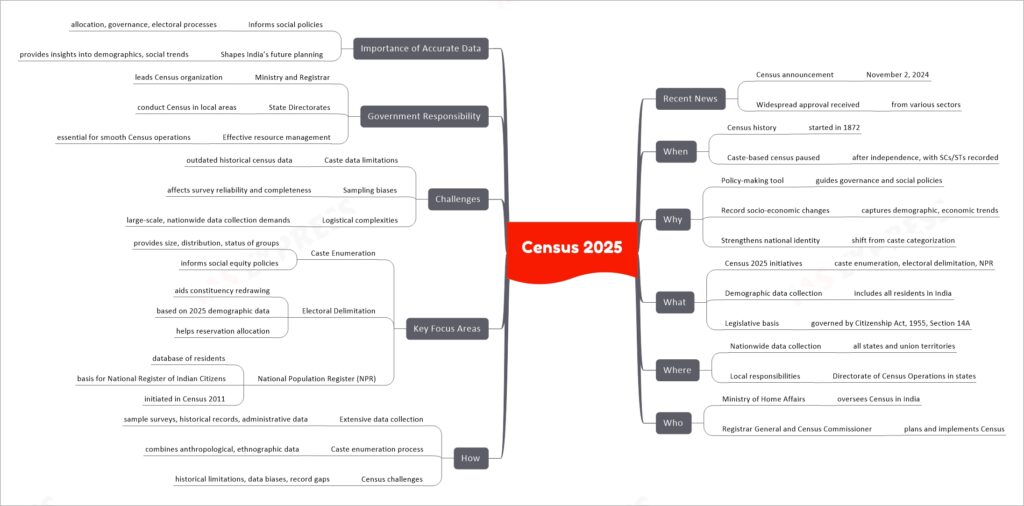
Scientists have used LiDAR technology to discover a lost Mayan city hidden beneath dense jungle in Mexico. LiDAR, or Light Detection and Ranging, employs light pulses to create detailed 3-D surface models. This method, which includes a laser, scanner, and GPS receiver, overcomes dense vegetation barriers that obscure archaeological sites. Commonly used in forestry, urban planning, and environmental monitoring, LiDAR is praised for its accuracy and ability to cover large, inaccessible areas. Although costly and weather-dependent, continued advances promise wider applications, making LiDAR a valuable tool for future archaeological discoveries and environmental studies.
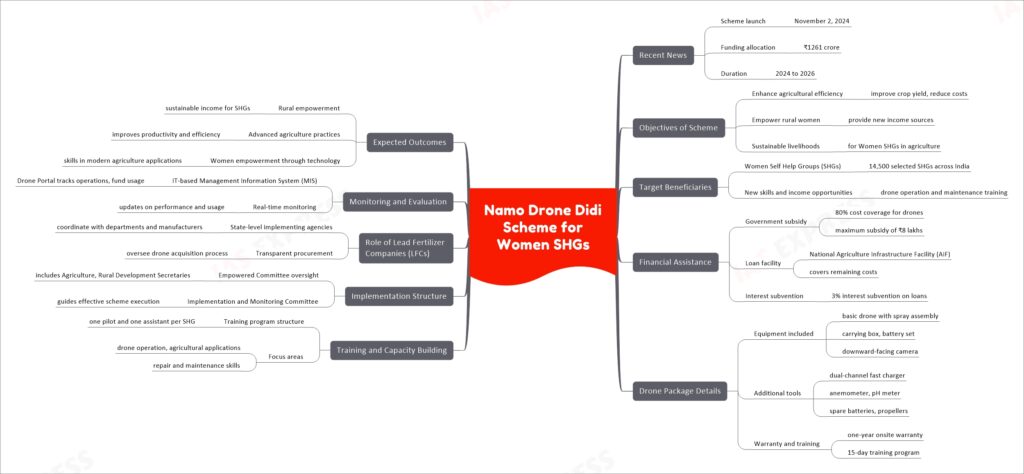
The Namo Drone Didi Scheme, launched in November 2024, aims to empower 14,500 Women Self Help Groups (SHGs) across India by providing drones and training for agricultural services, enhancing crop yield and reducing costs. Funded with ₹1261 crore, this initiative under the DAY-NRLM will run through 2026. SHGs receive an 80% subsidy on drone costs, with additional loan facilities and interest subvention. Drone packages include essential equipment and a 15-day training program. Overseen by an Empowered Committee and monitored through an IT-based system, this scheme promotes rural women’s livelihoods and strengthens agriculture through technology.
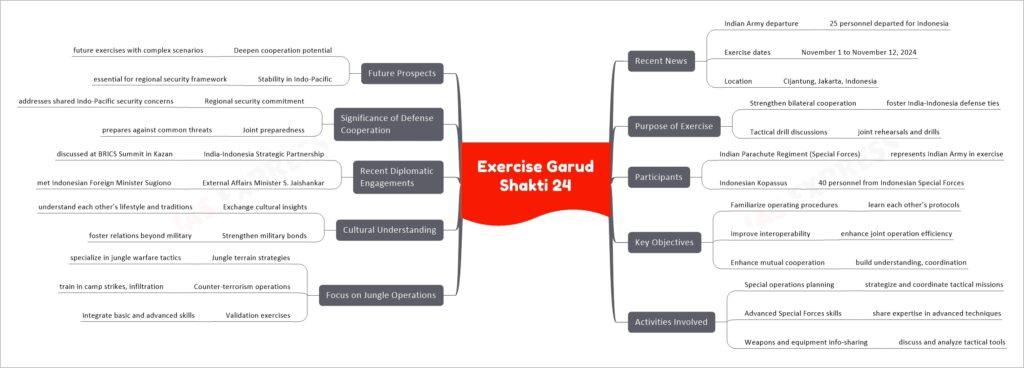
Exercise Garud Shakti 24, the 9th India-Indonesia joint military exercise, is underway in Jakarta, focusing on enhancing interoperability and defense ties. From November 1-12, 2024, India’s Parachute Regiment and Indonesia’s Kopassus Special Forces engage in jungle terrain operations, special operations planning, and counter-terrorism exercises. This collaboration aims to improve bilateral military strategies and mutual understanding, reinforced by recent diplomatic discussions. Beyond tactical training, Garud Shakti 24 strengthens India-Indonesia defense cooperation, contributing to Indo-Pacific security and laying a foundation for more advanced future collaborations.

Scientists have discovered the first black hole triple system, located 8,000 light years away in the Cygnus constellation. The system consists of a central black hole, V404 Cygni, orbited by two stars—one in a close 6.5-day orbit and another in a distant 70,000-year orbit. This unusual configuration, discovered by researchers from Caltech and MIT, suggests a new formation mechanism called “direct collapse,” where a massive star forms a black hole without a supernova explosion. The discovery challenges existing black hole theories, encouraging further research into similar cosmic systems and the complex dynamics of black hole formation.
If you like this post, please share your feedback in the comments section below so that we will upload more posts like this.
